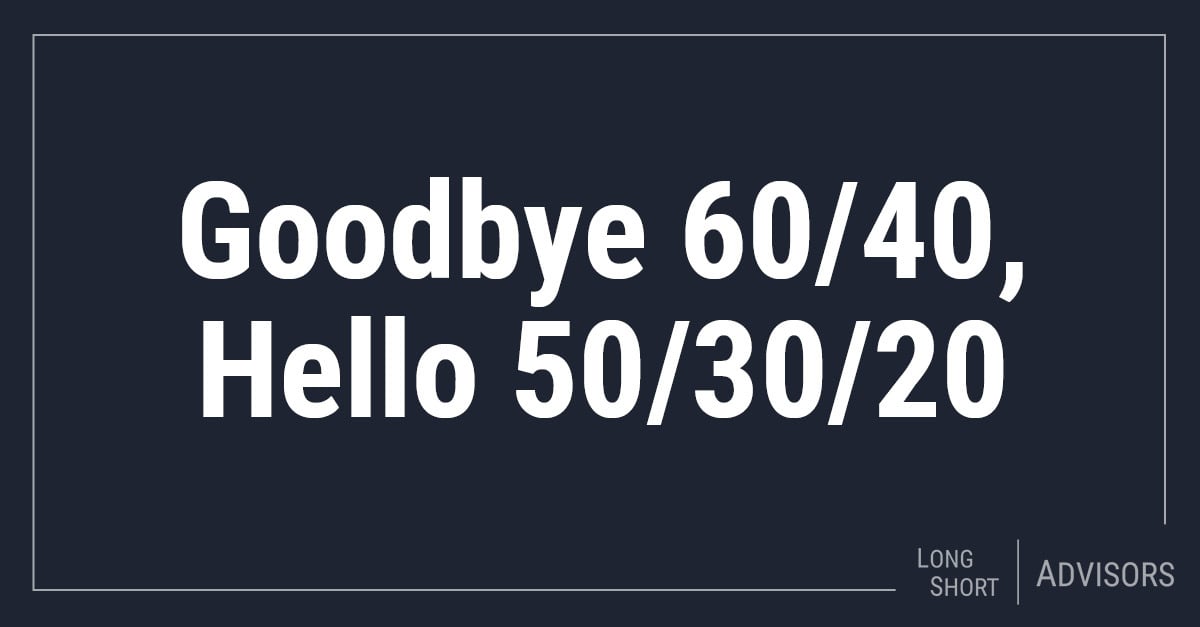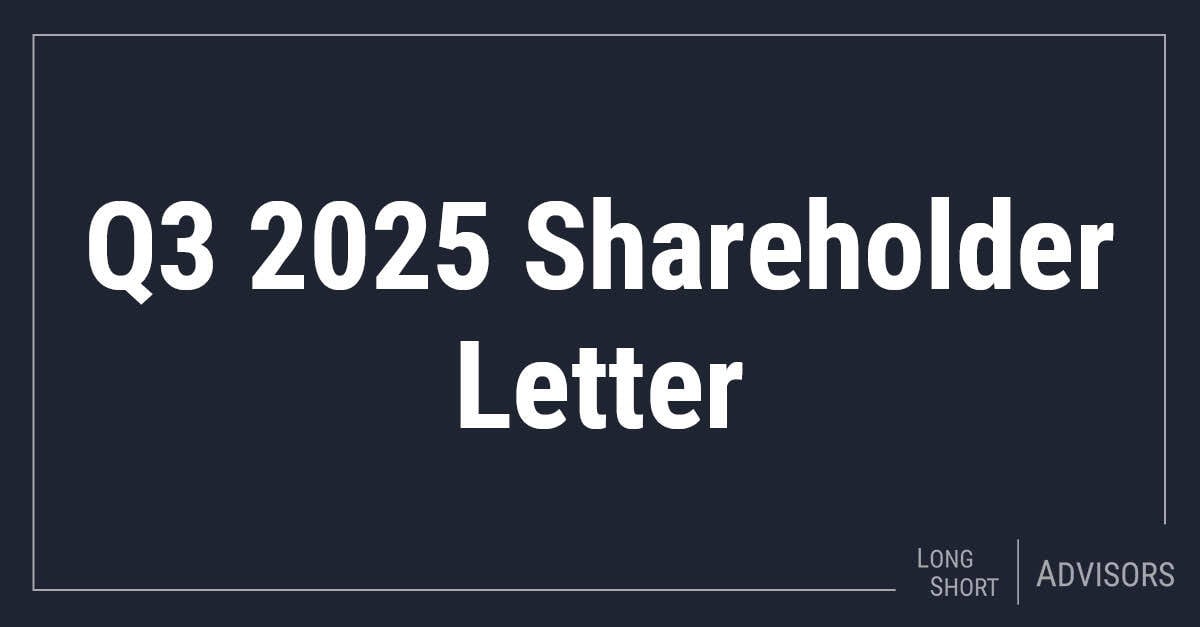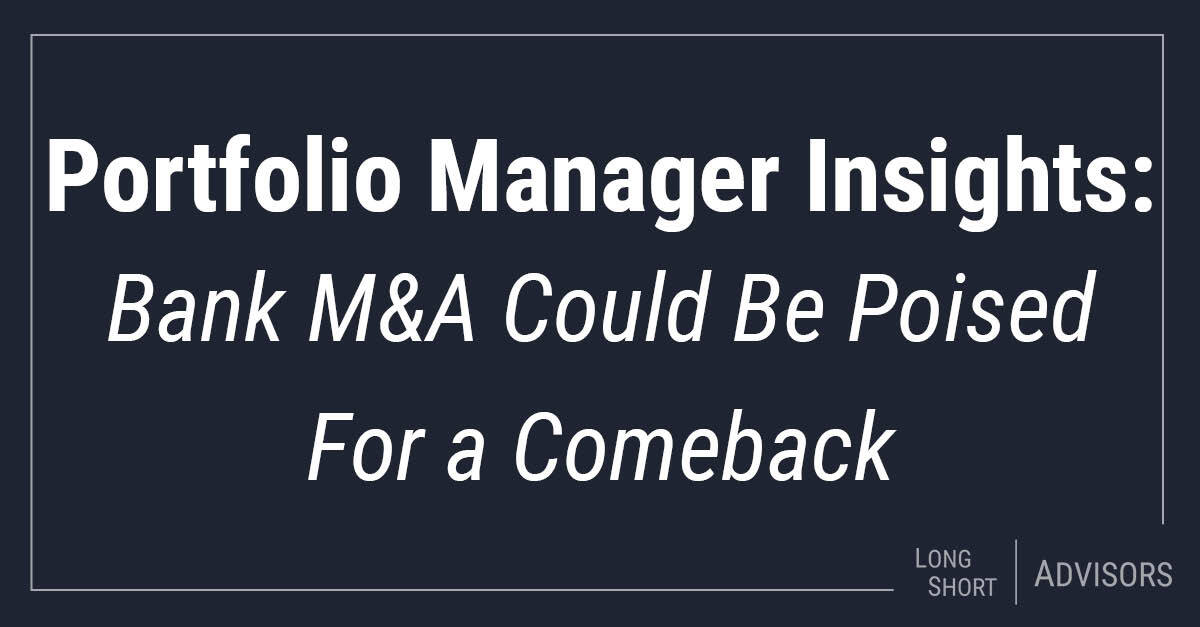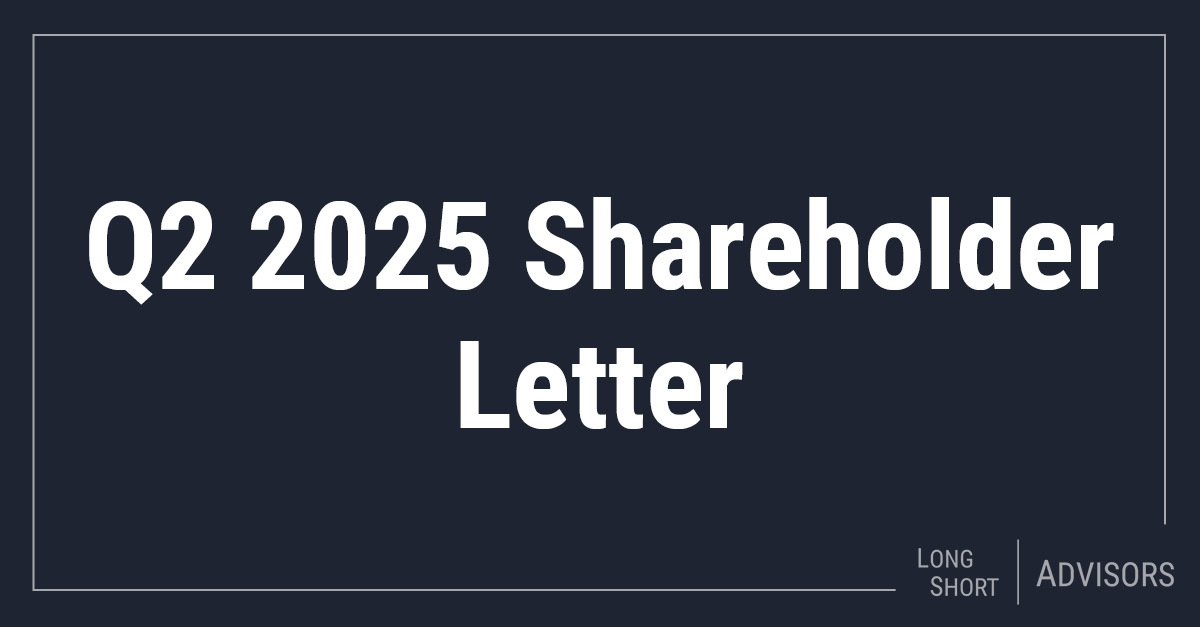Four months into 2025, financial markets and the economy continue to struggle with policy uncertainty emanating from Washington, D.C., particularly around the Trump Administration’s chaotic (and shifting) implementation of import tariffs. Since markets hate uncertainty, the lack of clarity is taking a toll on stock prices and the economy.
After a strong year of economic growth in 2024 (+2.8%), the GDP contracted in the first quarter of 2025, and many economists think that waning consumer confidence and confused corporate managements that are reluctant to invest aggressively portend slower growth ahead. U.S. stocks (as measured by the S&P 500 Index) lost 6% from January to April 2025, and after many years of outperformance trailed foreign stocks (MSCI ACWI ex-USA) by 15 percentage points. Volatility levels for U.S. stocks, as measured by VIX, have surged to some of the highest levels on record.
Signs of capital flight from the U.S. abound (including from U.S. equities). The value of the U.S. dollar has slumped nearly 10% from its January 2025 high (per DXY, the Dollar Index Spot). Even the U.S. Treasury market hasn’t played its normal safe-haven role, and has been marked by elevated volatility (gold, by contrast, is enjoying a banner year). Many pundits are questioning whether a period of “U.S. exceptionalism” has come to an end.
A New Investment Regime
It's particularly during nervous times like these that financial advisors can really prove their value to clients. High volatility in markets typically causes anxious individual investors to act first, think later, cut exposure or even exit stocks and other risky assets and sometimes even abandon long-term strategic allocations. Advisors can help clients navigate temporarily stormy seas and maintain an appropriate allocation to stocks, the growth portion of a typical long-term portfolio.
There is more than one way to adjust their portfolios, but many investment strategists recommend adding an allocation to alternative investments to a traditional 60/40 stock and bond portfolio. This may result in a new 50/30/20 split, with the new 20% weighting earmarked for alternative investment classes that, ideally, move out of sync with both stocks and bonds.
In fact, a growing body of investment research shows that hedging assumptions behind the 40% allocation to Treasuries and investment-grade corporate bonds are flawed, or at least out of date. The strategy generally did work for 40 years to 2022, but this was due to an exceptional period in financial history when interest rates declined almost steadily. That regime came to a crashing halt in 2022 when the Fed embarked on its interest-rate hiking cycle. Since then, correlations have broken down and (as also witnessed this year) we can no longer assume that prices of stocks and high-quality bonds move in the opposite direction.
As a portion of the 20% alternatives sleeve, an allocation to a long-short, absolute-return fund such as the Long Short Opportunity Fund (LSOFX) has appeal since it reduces equity portfolio volatility (by nearly 50% in the case of Long Short) and downside risk while keeping clients invested in equity markets. So perhaps we can say goodbye to the 60/40 strategy and hello to 50/30/20.







